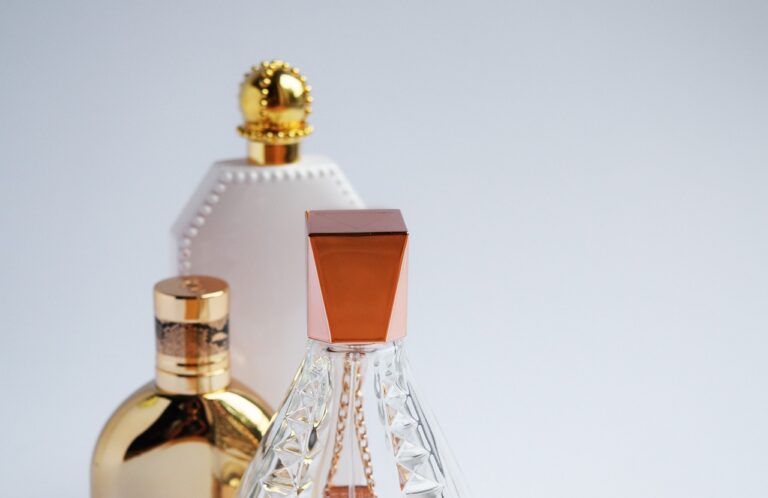Fashion and Sustainability: Sustainable Manufacturing Practices in Luxury Fashion
In an era where sustainability is becoming increasingly important in the fashion industry, luxury brands are stepping up their game by incorporating more eco-friendly materials into their collections. From recycled fabrics to organic cotton, these sustainable materials not only help reduce the environmental impact of production but also cater to the growing demand for ethically sourced clothing among consumers.
One of the most popular sustainable materials used in luxury fashion is Tencel, a fabric made from wood pulp that is not only biodegradable but also requires significantly less water and chemicals to produce compared to traditional textiles. By opting for Tencel, luxury brands are able to offer consumers luxurious and high-quality clothing while minimizing their carbon footprint on the planet.
Efforts to Reduce Carbon Footprint in Luxury Fashion
Luxury fashion brands are increasingly recognizing the importance of reducing their carbon footprint in response to the growing concern over environmental sustainability. One key strategy that brands are implementing is incorporating more sustainable materials into their designs. By using materials that are ethically sourced and have a lower environmental impact, these brands are able to create high-end fashion pieces that are not only luxurious but also eco-friendly.
In addition to using sustainable materials, luxury fashion brands are also focusing on improving their production processes to reduce carbon emissions. This includes implementing energy-efficient practices in their factories, such as using renewable energy sources and optimizing transportation methods to decrease carbon output. By implementing these changes across their supply chain, luxury fashion brands are not only reducing their environmental impact but also setting a new standard for sustainability in the fashion industry.





